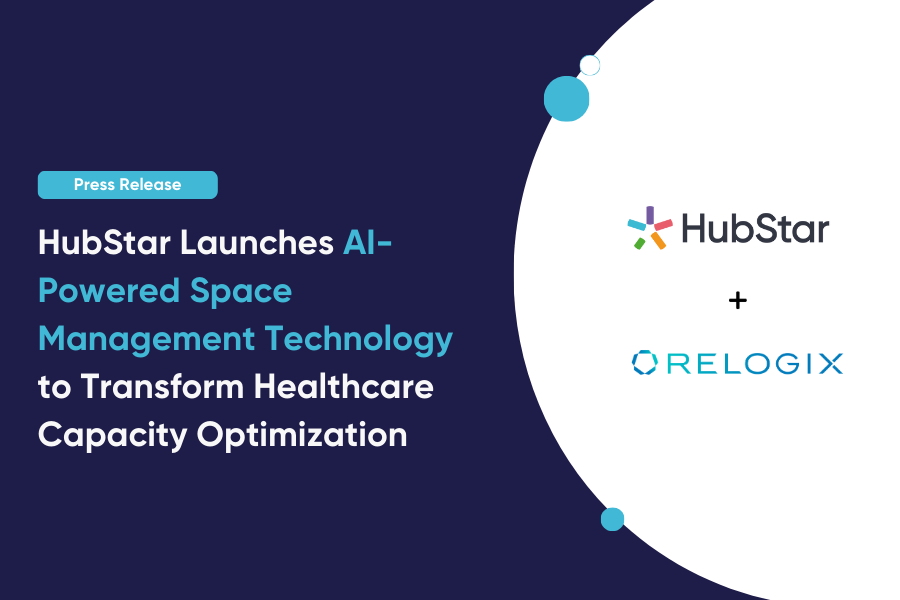How Can Workplace Analytics Help Measure Your Return To Office Strategy?

Contents
As you and your company figure out the next chapter when it comes to work modality in a post-pandemic environment, it is imperative to make sure that you have a strong workplace analytics software in place. Why? Because workplace analytics will provide you the data to see and understand patterns and trends of when people are in the office, what spaces they are using, and equally as important, when and if any spaces you have are being underutilized.
Measuring the Return to Office with Workplace Analytics
So, how do you measure the return to the office? The answer depends on the direction you and your company are looking to take and the subsequent decisions that are necessary. That’s the beauty of workplace analytics – this software can measure a variety of customizable aspects that you and your leadership team want to track to make informed decisions.
Analytics software works by using Wifi networks, sensors, and/or scheduling systems. Which of the above three metrics you decide to use will determine how precise the data is that you receive back. Depending on what is looking to be measured, companies will choose to use just one of the three, others may use a combination of the three while some will use all three.
The data can keep track of when people are working and where within a given office they are working. This can help you determine your return to the office in several different ways. For example, are all employees working from home on Fridays and working in the office on Tuesdays? Is there a specific conference room that is primarily used by employees while another conference room is rarely used at all? If employees no longer work in the office five days a week, do you need the same real estate footprint moving forward that you occupied pre-pandemic? These questions, and more, can be answered simply with the implementation of workplace analytics.
Changing Times
When we talk about returning to the office, we’d be remiss if we did not mention the trend of companies adopting hybrid work. After more than one year – and in some cases more than two years and counting – of employees working remotely because of COVID-19, companies cannot simply return to the same operations they had pre-pandemic. Employees and employers across all industries proved they could conduct business efficiently and effectively from a remote setting, and research has shown that employees do not want to return to their pre-pandemic schedules, nor do they want to work entirely remotely either.
Two important questions to ask are: How big of a change is this? What does this transformation in modality mean for the world of work?
A post written by Ben Wigert, Director of Research and Strategy, Workplace Management for Gallup, addresses and answers these two key questions. Wigert shares new data and writes, “When asked where they plan to work long term — according to the plans their employer communicated — remote-capable employees confirmed that a hybrid work schedule will be the predominant office arrangement going forward. About 53% expect a hybrid arrangement, and 24% expect to work exclusively remotely. These changes will result in an office environment like we have never seen before, nearly doubling the number of people who will be working remotely at least part of their week (compared with pre-pandemic numbers).”
Similarly, research published by Gartner in 2020 found that 74% of companies plan to permanently shift to more remote work post Covid-19.
With that in mind, and it being clear just how many companies are planning to adopt a hybrid modality, workplace analytics become more important than ever before. To make data-driven decisions, it is vital for companies to determine elements such as how and when real estate is being used, how and when employees are in the office, and how this is different from pre-pandemic operations. Knowing this will allow you to make decisions that can keep employees happy and productive.
Re-Entry Support
When we talk about measuring the return to the office, there is another critical area in which workplace analytics can be especially helpful. Support for re-entry.
HubStar workplace analytics makes monitoring and measuring re-entry easy and provides facilities, real estate and business leaders the data to make informed decisions concerning the priority factors surrounding a successful RTO strategy and hybrid work transition.
Here are just 3 ways in which our software can help you and your company:
- One of the most important factors to understand is how the new office layout you have designed is working. Using your existing floor plans, HubStar overlays the data collected from your WIFI, sensors and workspace scheduling software, and gives you real time, past and future analyses to measure utilization, occupancy, and workspace effectiveness. If you update you fllor plans 6 months later – no problem. Our API can connect to your IWMS system to ensure the changes made here are synchronized.
- Employee experience is king in a successful hybrid work model. Space utilization is a key component but having the capability to understand population patterns and booking frequencies for employees and office visitors is where collaboration, productivity and social engagement will thrive. HubStar gives you the insights to see where days, times and weekly trends peak and dip, and allow the business to control how booking and space is used during this period – flattening the curve on population spikes, closing or opening space to accommodate closer collaboration on teams and people – and driving cost efficiencies on utility and facility services.
- Employee safety and compliance remain at the top of the priority list in a return to office strategy. Based on your capacity parameters, HubStar can deliver email alerts to signal overload on population control. These alerts can be sent to stakeholders, facility and real estate leaders when employee or booking volumes exceed capacity – be that building, floor or room level. Keeping your employees safe and adhering to compliance and regulations.



